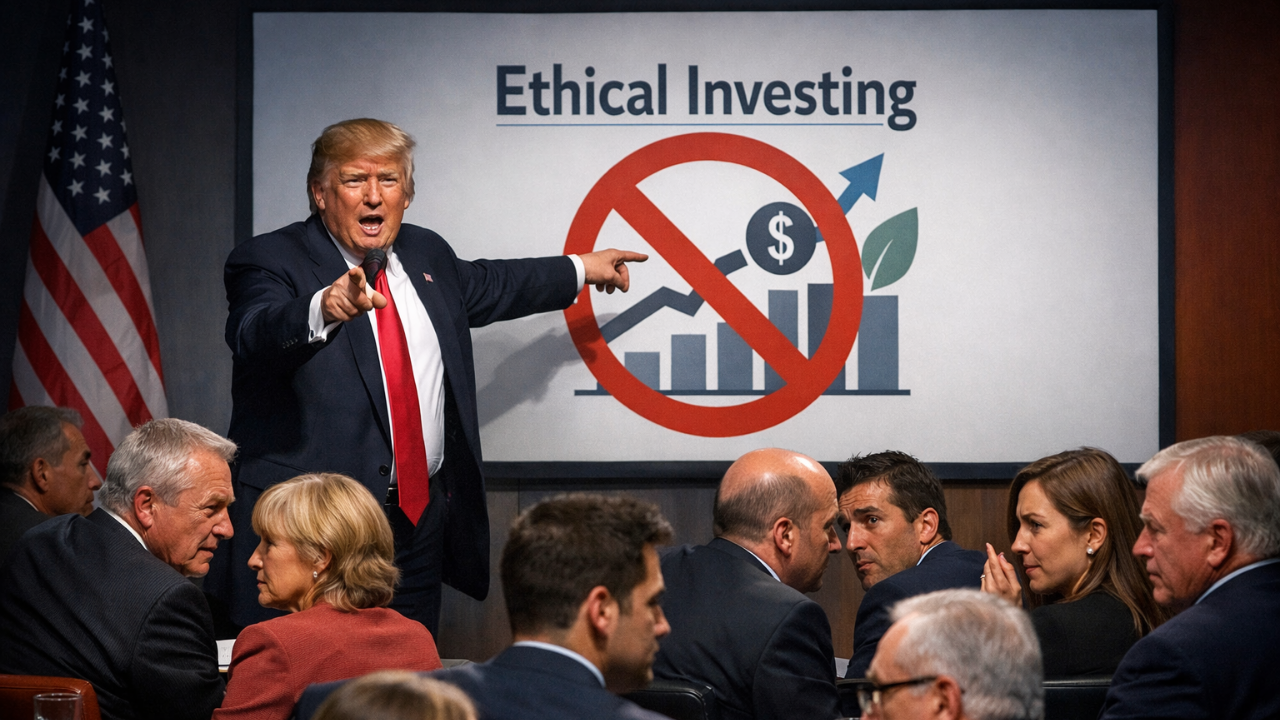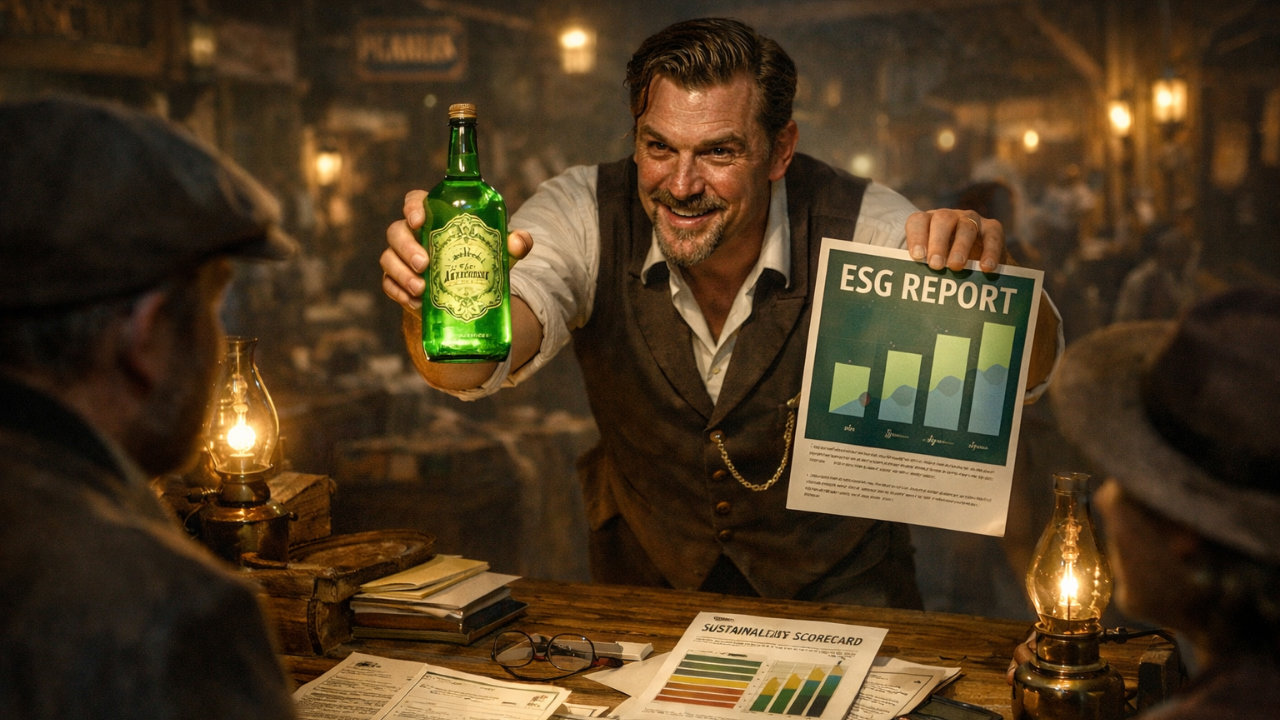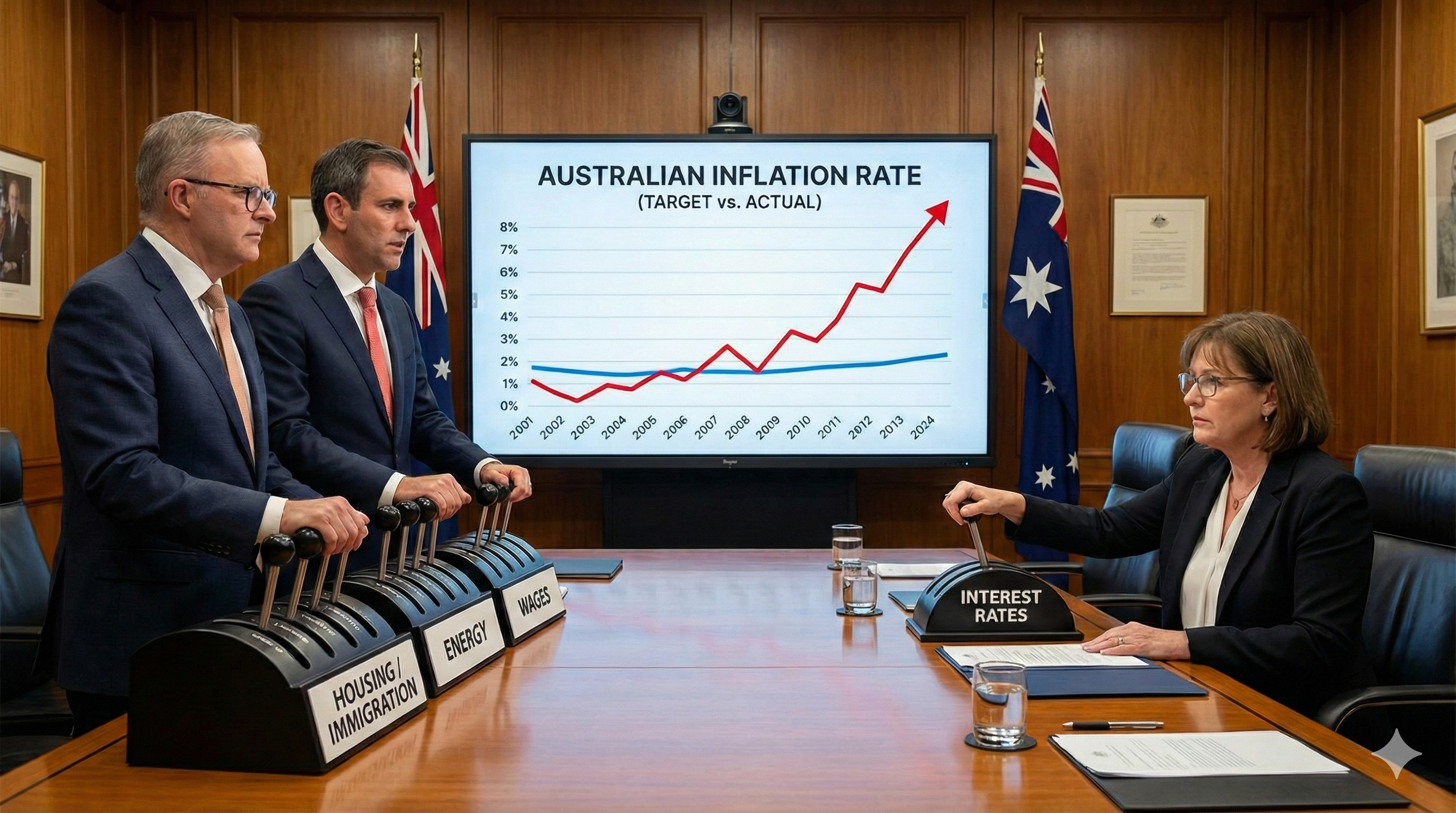AQR: New S.M.O.O.T.H. Fund
Quick shout out to AQR (a large US quantitative manager) who have a post out fighting the good fight against some of the big issues with funds with high levels of unlisted assets - this includes many of the large industry funds in Australia. Three of the key issues they raise:
1. Reporting quirks mean the risk of the funds look low, not because they are actually low, but rather because of the way the assets are valued:
As with many of our other alternative strategies, [S.M.O.O.T.H.] offers attempted low to zero correlation to traditional markets – but in this case we are also offering what we are dubbing “doubly uncorrelated”™© returns. The Fund’s actual underlying liquid investments, as we do in most of our alternatives, strive to be uncorrelated to traditional markets (recall we do not think this is true for most hedge funds). But now, due to our new proprietary S.M.O.O.T.H. process2, even if we fail to deliver this lack of correlation, the S.M.O.O.T.H. Fund will still report 3 returns mostly unrelated to normal markets.
2. This proprietary process involves implementing our normal hedged liquid alternative process, but only marking to market occasionally, and then reporting some combination of the weighted average of the prior few years’ prices, with a healthy weight also given to our own unaudited estimates of what the Fund is likely worth (based on how we think it should’ve performed).
3. The astute reader will notice the use of the word “report.”
2. The fees are usually much higher, can sometimes be charged on money that you haven't even invested yet, and there are oftentimes other fees on underlying assets (or construction contracts) that can be diverted to either the asset manager or related parties
Of course, the same long-term returns, but delivered with way more stability, comes at a price (to you). These funds will not be offered at competitive fees, as is our norm, but rather will feature the traditional 2 and 20 fee model. In addition, we may charge some fees based on capital you have not invested with us yet but expect to later. We also might receive some additional fees from the underlying assets themselves (we’re still working on how to do that as quants but are optimistic that we can get there). We think this is only fair given how smooth the S.M.O.O.T.H. Fund will be. This Fund will be amazingly easy to stick with, and the long-term should truly be great. That’s worth a premium and we don’t feel even slightly guilty about it.
3. The leverage used by the funds is often obscured - this was a key to the downfall of Babcock & Brown and Allco post the financial crisis. Basically, the model is that if you can gear up an investment a lot (and hide the gearing from investors) then you can outperform the market on the way up and attract lots of investment and fees, with the risk being that when the market turns your investors lose far more than they thought they could:
many of AQR’s normal liquid alternatives make some use of leverage to hit their return targets (gearing up what we think is an attractive, but too conservative unlevered return). The funds underlying our new S.M.O.O.T.H. offering will do exactly the same thing. But, given the structure and designed opacity, investors will hardly notice! So, besides its masking of difficult to stomach volatility, the S.M.O.O.T.H. Fund also greatly reduces what we’re calling “perceived leverage.” In turn, this allows us to use even more actual leverage, so we do. It should be a very calming change.







